In hospitality, revenue is only half the story: profitability is what truly matters. And to maximize profitability, finance analytics is the game-changer. Understanding the flow of revenue, cost structures, and operational efficiencies allows hoteliers to make smarter, data-driven decisions.
With fixed costs dominating the industry, tracking the right financial metrics (like flow-through and GOPPAR) can mean the difference between thriving and just surviving.
How Financial Data Can Take Your Hotel’s Profits to the Next Level
In this article, we explore how finance analytics helps uncover hidden opportunities, optimize spending, and transform profitability strategies for long-term success. Let’s break it down.
The Objectives
Sustained profitability is the measure of success for any business, including hotels. Achieving this requires a well-structured strategy that encompasses:
- Attracting and retaining high-value (profitable) guests
- Enhancing in-house customer spending
- Elevating guest satisfaction and building loyalty
- Maintaining control over cost
Reaching these objectives is not easy due to the system silos with separated data that exist in the hospitality industry.
The Commercial Perspective
Gaining a comprehensive and detailed understanding of revenue sources is crucial for managing Net Total Revenue and as a result profitability effectively. Advanced analytics platforms such as Juyo Analytics now offer insights across many dimensions—such as booking channels, market segments, guest countries and nationalities, room types, LOS, Leadtime and more.
These tools provide the ability to track performance trends and revenue pick-up, enabling hotels to fine-tune their strategies and focus on the most lucrative segments, markets, and timing opportunities. Additionally, incorporating factors like length of stay, guests’ on-property spending behaviors, and booking lead times further refines revenue management for maximum profitability.
The question is not just “which source country is driving the highest Net Revenue?“, but taking it several steps further by breaking down the patterns within each country to understand how guests from that country book, when they stay and when they book in addition to specifics such as room type booking patterns to understand what most compelling offer you can create and consequently send to this audience in a targeted way. Intelligence is nothing if we don’t know how to act.
The Finance Perspective
Given the high proportion of fixed costs compared to variable costs in hospitality, hotels must prioritize revenue strategies that maximize flow-through: the conversion of revenue into actual profit. Not all revenue streams, including Rooms, Food & Beverage, Meetings & Events, and Spa, generate the same level of profitability. Each has unique cost structures and operational factors that influence bottom-line contribution.
By reorganizing the P&L around the customer instead of around the property, you can understand at a granular level what is actually driving profitability. It’s not just about the % of profit driven by the hotel’s lobby bar, but about the specific guests that have a higher propensity to spend in that environment. This is information that can be used to manage and improve future performance.
Monitoring financial metrics is crucial for maximizing a hotel’s profitability and operational efficiency. Top-level key performance indicators (KPIs) to track include Revenue per Available Room (RevPAR), and Gross Operating Profit per Available Room (GOPPAR), offering insight into bottom-line performance.
Additionally, Total Revenue per Available Room (TRevPAR) helps evaluate revenue streams beyond rooms, including F&B and ancillary services. Keeping an eye on flow-through percentage (the proportion of incremental revenue converted into profit) is essential, as is tracking Cost per Occupied Room (CPOR) to manage expenses effectively.
A more comprehensive list of KPI’s to track, for inspiration only – the world of data is humongous, and depending on your company, position, analytical objectives, and preferences, you want to display different data in different ways:
Rooms & Housekeeping
- Housekeeping Cost per Occupied Room (CPOR) – Measures the cost of cleaning and maintaining a room per occupied night, ideally you would have this information include labor as well as amenities, defined per room type and per length of stay.
- Room Attendant Productivity (Rooms Cleaned per Hour) – Tracks the efficiency of housekeeping staff, also here room types matter.
- Average Cleaning Time per Room – Helps optimize housekeeping workflows and staffing levels – should we mention to analyze this per room type?
- Maintenance Cost per Room – Indicates the cost of upkeep, repairs, and preventive maintenance per available room.
Food & Beverage (F&B)
- Cost of Goods Sold (COGS) Percentage – Tracks food and beverage costs as a percentage of total F&B revenue.
- F&B Revenue per Available Seat Hour (RevPASH) – Measures revenue efficiency per restaurant/bar seat per hour.
- Labor Cost Percentage in F&B – Tracks payroll expenses relative to total F&B revenue.
- Waste Percentage – Monitors food wastage to improve cost control and sustainability.
Guest Experience & Service
- Guest Satisfaction Score (GSS) – Aggregated from surveys and online reviews to measure service quality.
- Net Promoter Score (NPS) – Indicates guest loyalty and likelihood of recommending the hotel.
- Average Response Time to Guest Requests – Measures efficiency in handling guest needs and complaints.
- Service Recovery Rate – Tracks how successfully guest complaints are resolved to satisfaction.
Sales & Marketing
- Customer Acquisition Cost (CAC) – Determines the cost of acquiring each new guest through marketing and distribution channels.
- Direct Booking Ratio – Measures the proportion of bookings made directly versus through OTAs, improving profitability.
- Cost per Reservation – Assesses marketing and distribution costs per confirmed booking.
Energy & Sustainability
- Energy Cost per Occupied Room – Helps manage energy efficiency by tracking utilities relative to room usage.
- Water Consumption per Guest Night – Monitors sustainability efforts and operational efficiency.
- Waste Diversion Rate – Measures the percentage of waste recycled or diverted from landfills.
The F&B Perspective
For many properties, Food & Beverage is a key contributor to revenue and profit. Restaurants require granular profitability management specifically because big differences in profitability exist across a menu, across guest types, and across time-related variables. Certain factors shape F&B success, including:
- Table turnover rates
- Spend v.s table duration
- Maximizing revenue per customer visit
- Controlling variable expenses (Payroll and cost of goods)
- Menu item profitability
- Menu engineering
Advanced F&B analytics platforms provide a holistic view by integrating data from POS systems, Property Management Systems, and Financial platforms. These insights empower hospitality professionals to develop strategies focused on spending behavior, menu profitability, labor efficiency, and cost control.
The AI Perspective
The next evolution in hospitality profitability is artificial intelligence (AI), which enhances decision-making and operational efficiency. AI-powered tools can detect discrepancies in financial and operational data, helping hoteliers and asset managers identify inefficiencies before they become major issues. By continuously analyzing trends and comparing current performance with historical data, AI can flag anomalies, such as unexpected utility costs or unusual spending patterns, allowing teams to take immediate corrective action.
For example, an AI-powered system could alert management to a sudden spike in energy consumption, potentially indicating a technical malfunction or operational inefficiency. Similarly, by tracking guest spending patterns, AI can suggest tailored promotions that drive incremental revenue while enhancing guest satisfaction.
AI acts as a smart assistant, optimizing control and reporting processes while enabling teams to make data-driven decisions faster. By seamlessly integrating AI into revenue and cost management, hospitality businesses can gain a competitive edge in maximizing profitability and operational performance.
By adopting a holistic, data-centric approach to both revenue and cost management across the business, hospitality companies can unlock new levels of profitability. The key lies in combining real-time insights with strategic execution, ensuring that every revenue stream is optimized for long term success.
Free Checklist: Start Using Data in Your Hotel’s Decision-Making
Using data to power insights and decisions at your Hotel can position you for commercial success, help increase guest satisfaction, and reduce costs. This checklist provides a starting point for hoteliers new to data analytics in the hotel industry.
Click here to download the checklist “Start Using Data in Your Hotel’s Decision-Making“.
More Tips to Grow Your Business
Revfine.com is the leading knowledge platform for the hospitality and travel industry. Professionals use our insights, strategies, and actionable tips to get inspired, optimize revenue, innovate processes, and improve customer experience.Explore expert advice on management, marketing, revenue management, operations, software, and technology in our dedicated Hotel, Hospitality, and Travel & Tourism categories.


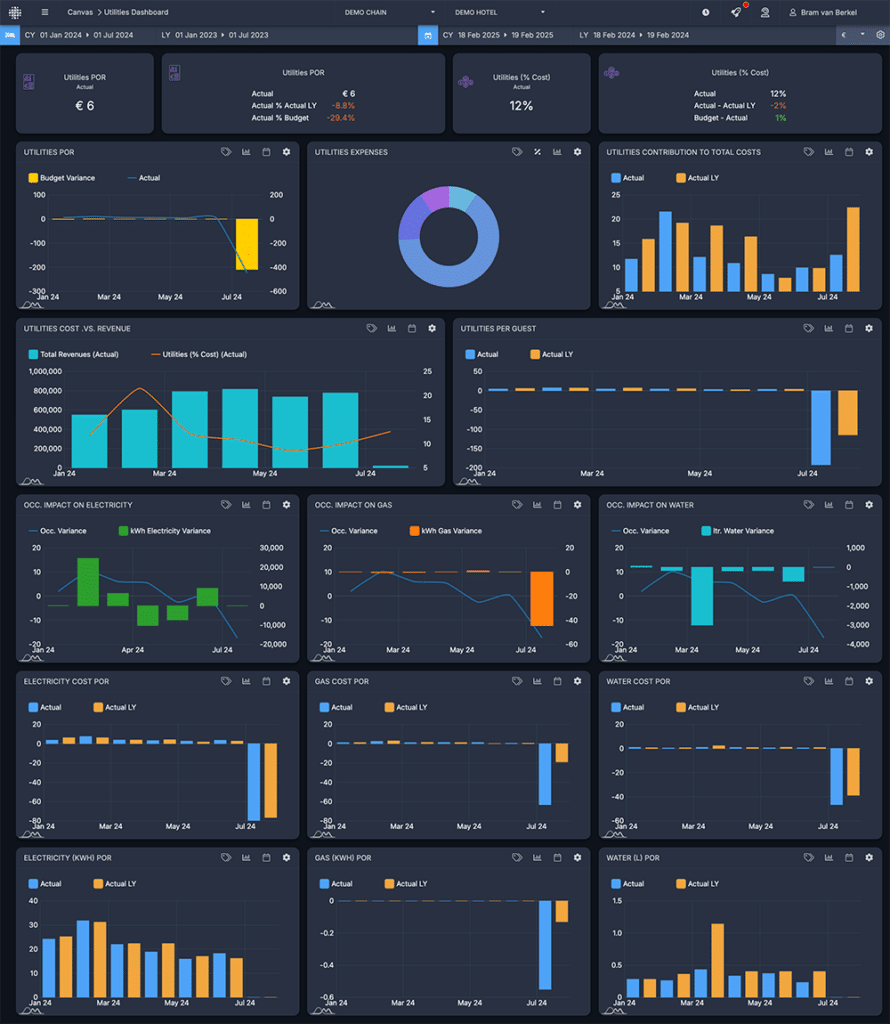
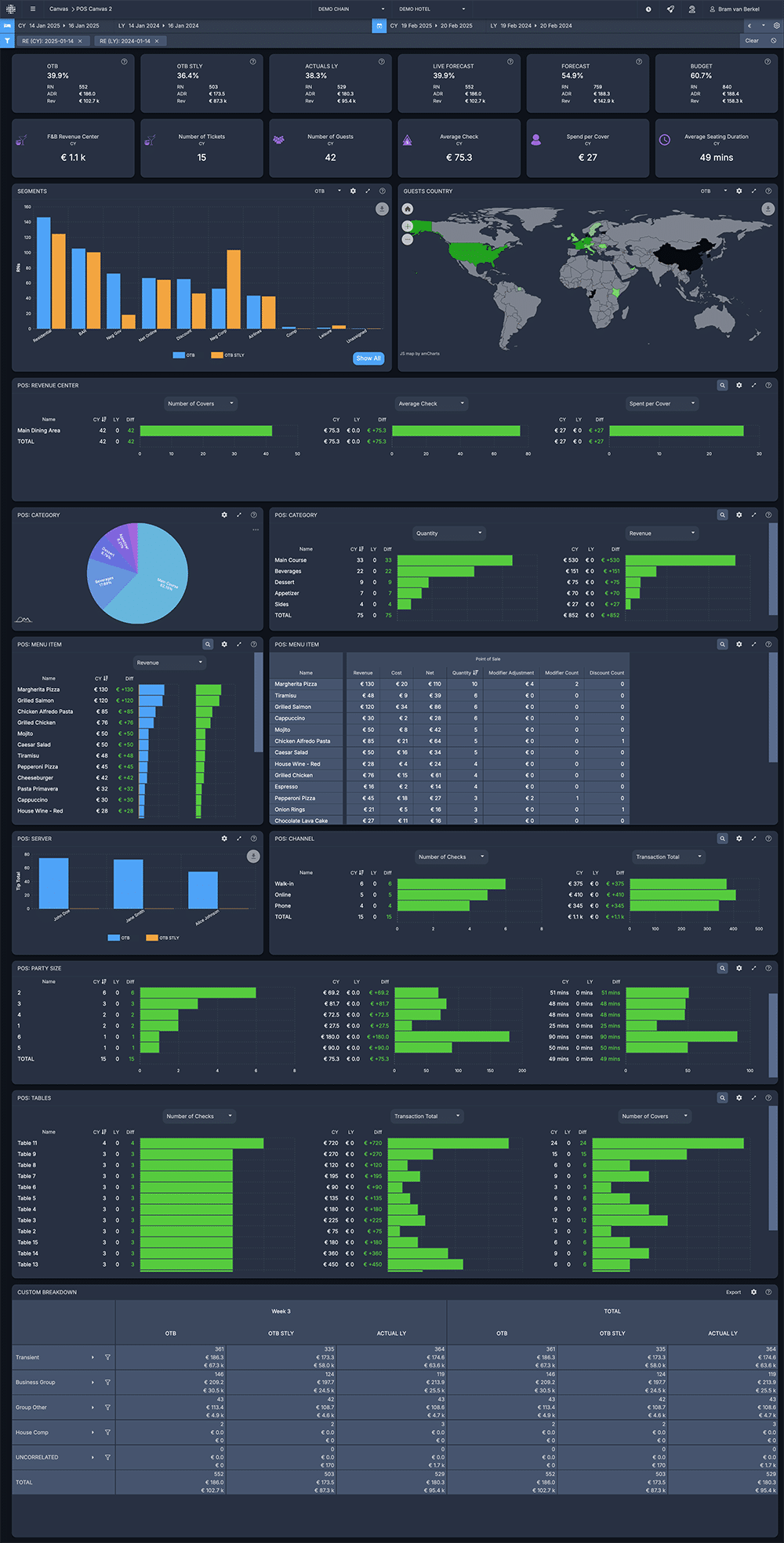
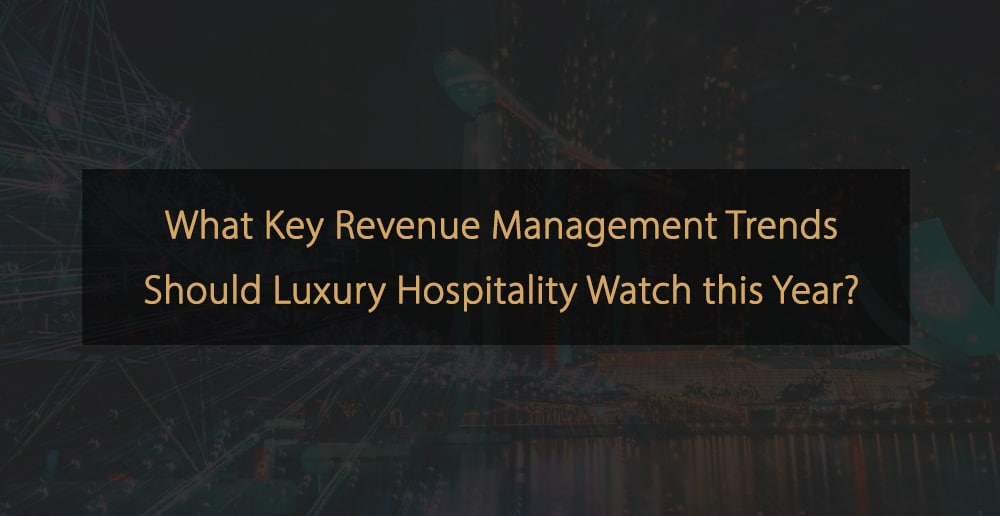

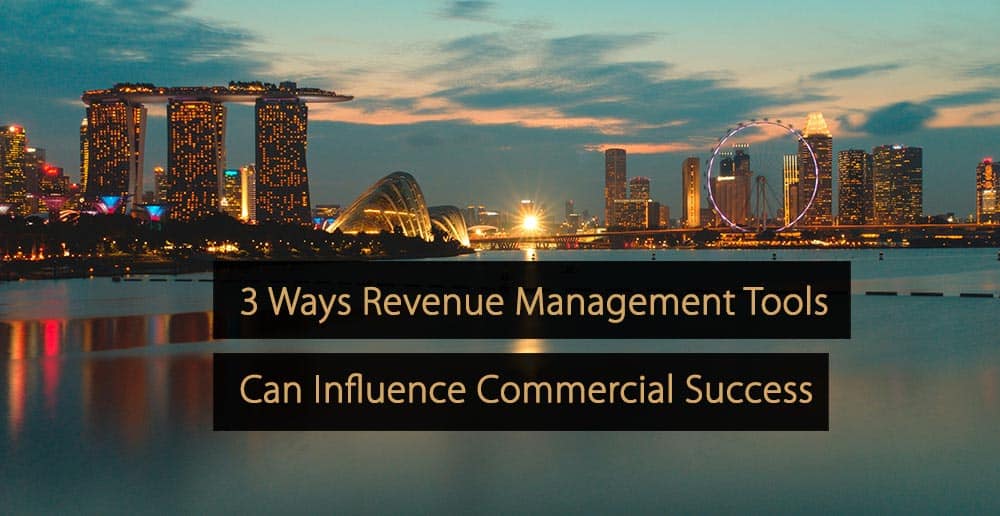

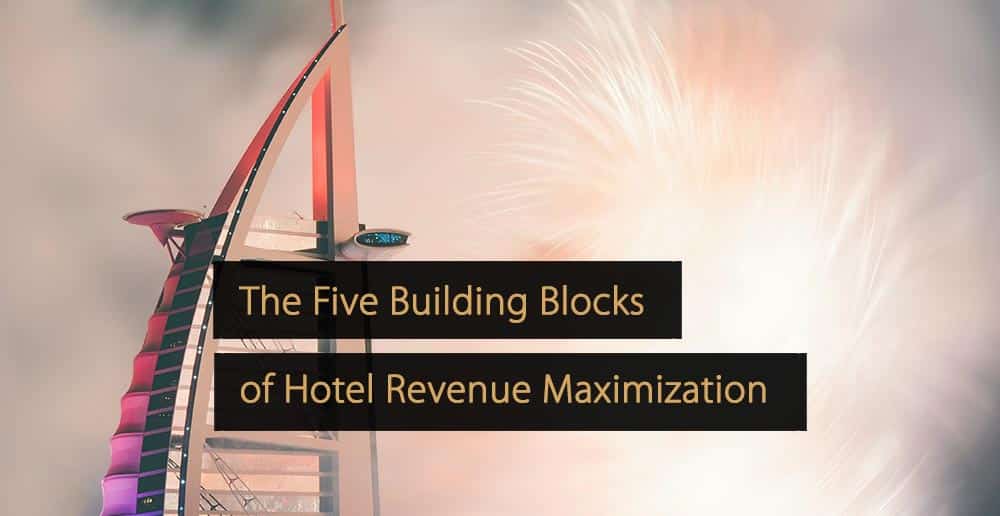
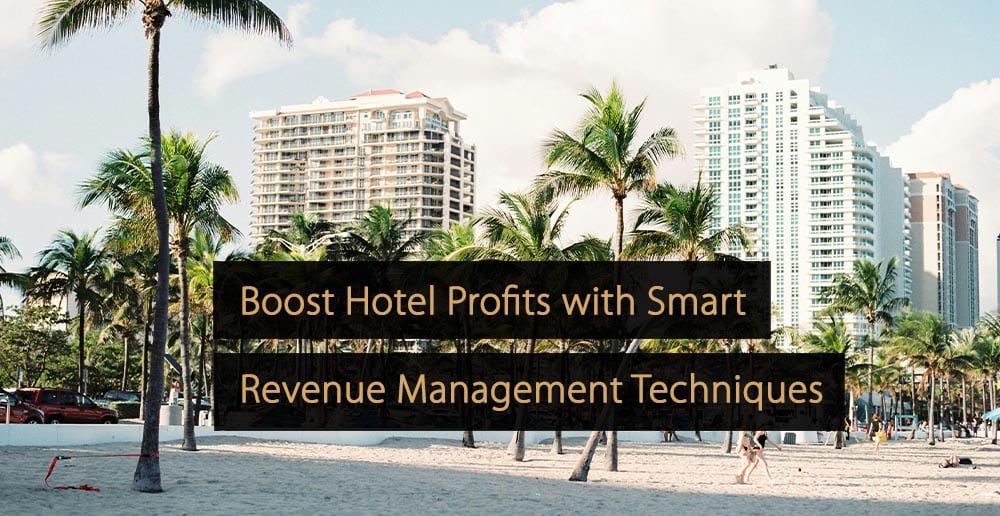
Leave A Comment